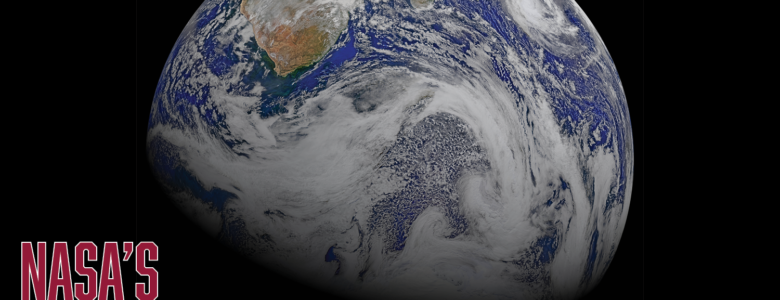January 7, 2020
NASA’s Big Plans for 2020

By: burgundy bug
NASA’s big plans for 2020
Source: The Burgundy Zine
NASA’s Launch Services Program is blasting off three missions this year, reaching beyond our atmosphere to study the sun, Mars, and the ocean.
These missions will provide revelations about the centerpiece of our solar system, address questions critical to planning for human expeditions of the Red Planet, and shed insight on the earth’s rising sea levels.
Video trailer for NASA’s Launch Services Program missions in 2020
Source: Launch Services Program 2020 Missions | NASAKennedy
Chasing the Sun
An artist’s concept of the Solar Orbiter in flight
Source: Solar Orbiter | NASA
The Solar Orbiter will orbit around the sun in an elliptical path, reaching its nearest point of 26 million miles away from the sun every five months, according to the homepage for the Solar Orbiter.
“Launching in February, the Solar Orbiter is a collaborative mission between the European Space Agency (ESA) and NASA, which will study the Sun, its outer atmosphere and the solar wind,” NASA wrote in a recent blog post. “The spacecraft, developed by Airbus Defence and Space, will provide the first-ever images of the Sun’s poles.”
In addition to photographing the sun’s poles, NASA and the ESA hope to uncover how the sun creates and controls the giant bubble of magnetic fields around it by taking measurements of the solar wind plasma, fields, waves, and energetic particles.
“Solar Orbiter will be able to observe solar processes that are still relatively pristine and have not had their properties modified by subsequent transport and propagation processes,” the Solar Orbiter website explains.
Mars 2020
An artist’s concept of NASA’s Mars 2020 rover exploring the Red Planet.
Source: Mars 2020 Mission | NASA
It looks like NASA’s Curiosity rover will have a buddy to accompany its journey pretty soon.
As part of NASA’s Mars Exploration Program, a “long-term effort of robotic exploration,” the Mars 2020 rover will launch in July and land by Feb. 2021 to search for signs of ancient microbial life on the Red Planet, says the Mars 2020 homepage.
“The Mars 2020 rover introduces a drill that can collect core samples of the most promising rocks and soils and set them aside in a ‘cache’ on the surface of Mars,” NASA writes. “A future mission could potentially return these samples to Earth. That would help scientists study the samples in laboratories with special room-sized equipment that would be too large to take to Mars.”
Furthermore, NASA says they’ll use the discoveries from the Mars 2020 rover to assist in planning for future human expeditions of Mars.
“The mission also provides opportunities to gather knowledge and demonstrate technologies that address the challenges of future human expeditions to Mars,” NASA explains. “These include testing a method for producing oxygen from the Martian atmosphere, identifying other resources (such as subsurface water), improving landing techniques, and characterizing weather, dust, and other potential environmental conditions that could affect future astronauts living and working on Mars.”
Rising Tides
A figure of Sentinel-6’s view over Earth
Source: Sentinel-6 Mission Summary | ESA
In another collaborative effort with the ESA, NASA will launch Sentinel-6/Jason CS to observe global changes in sea level later this year.
Sentinel-6 will use two identical satellites to take highly-precise measurements of the ocean’s altitude.
“SENTINEL-6 (JASON-CS) is an operational oceanography programme of two satellites that will ensure continuity to the JASON series of operational missions,” the ESA states online.
The mission objectives for Sentinel-6/Jason CS include: ocean climate monitoring, modeling and numbering of ocean predictions, coastal altitude measurements, and short to mid-term weather forecasts.
In Conclusion
NASA and the ESA are joining forces to further our understanding of the sun and our oceans, while NASA continues to explore Mars with a brand-new rover.
You can keep up with the latest information on NASA’s blog and the ESA’s blog.
Interested in having content featured in an upcoming blog post or issue of The Burgundy Zine? Head on over to the submissions page!
For all other inquiries, please fulfill a contact form.





